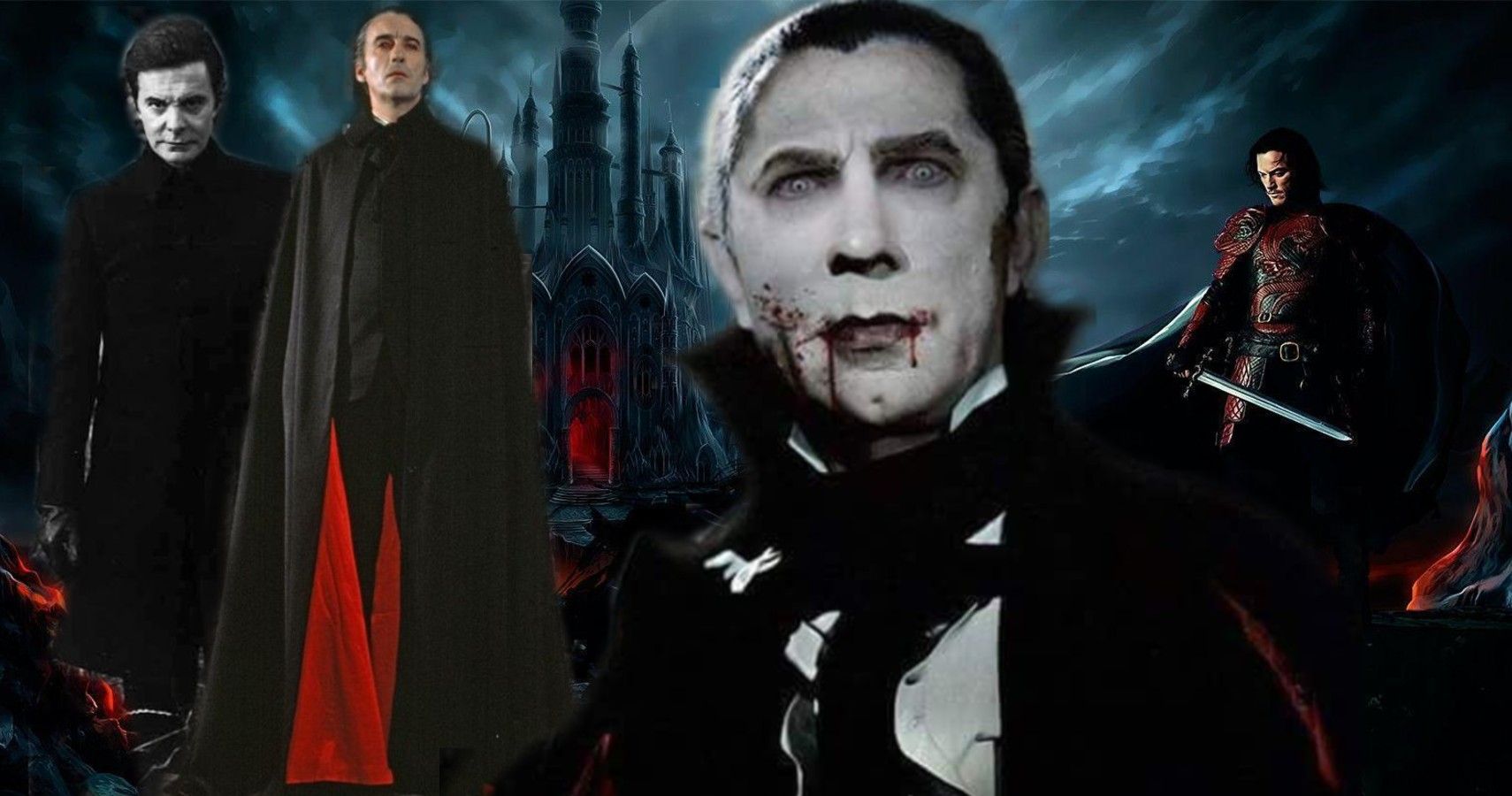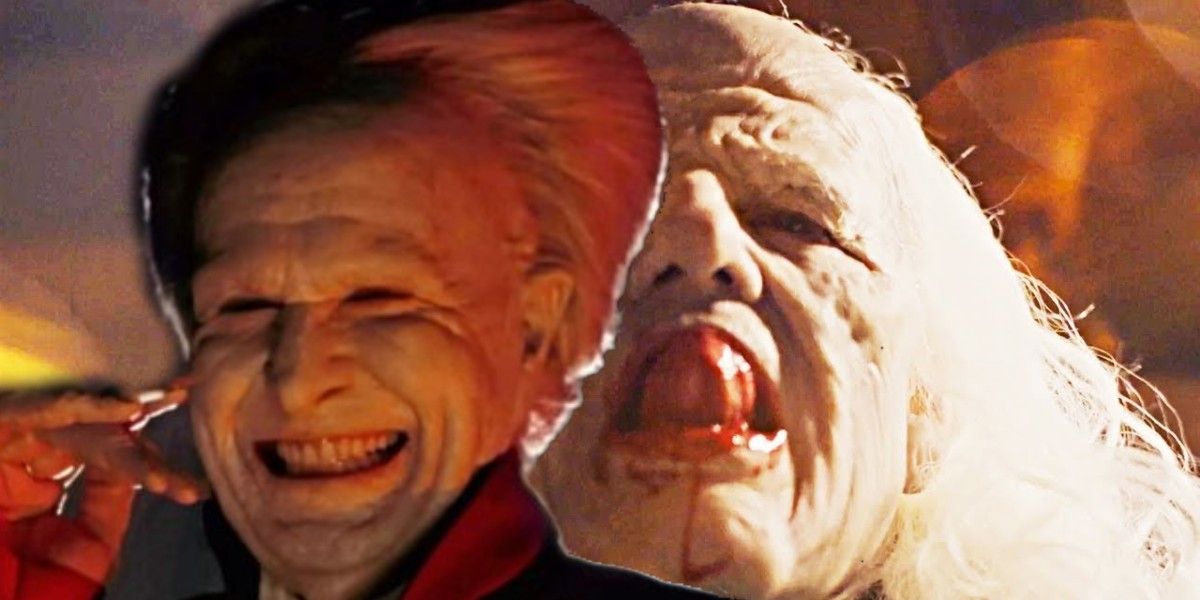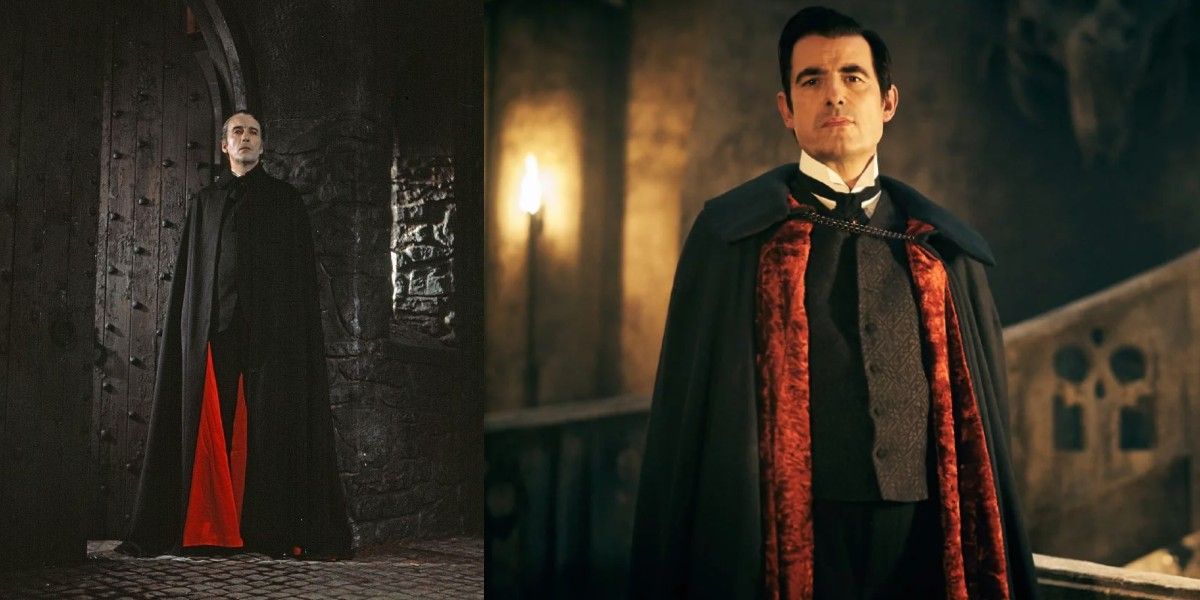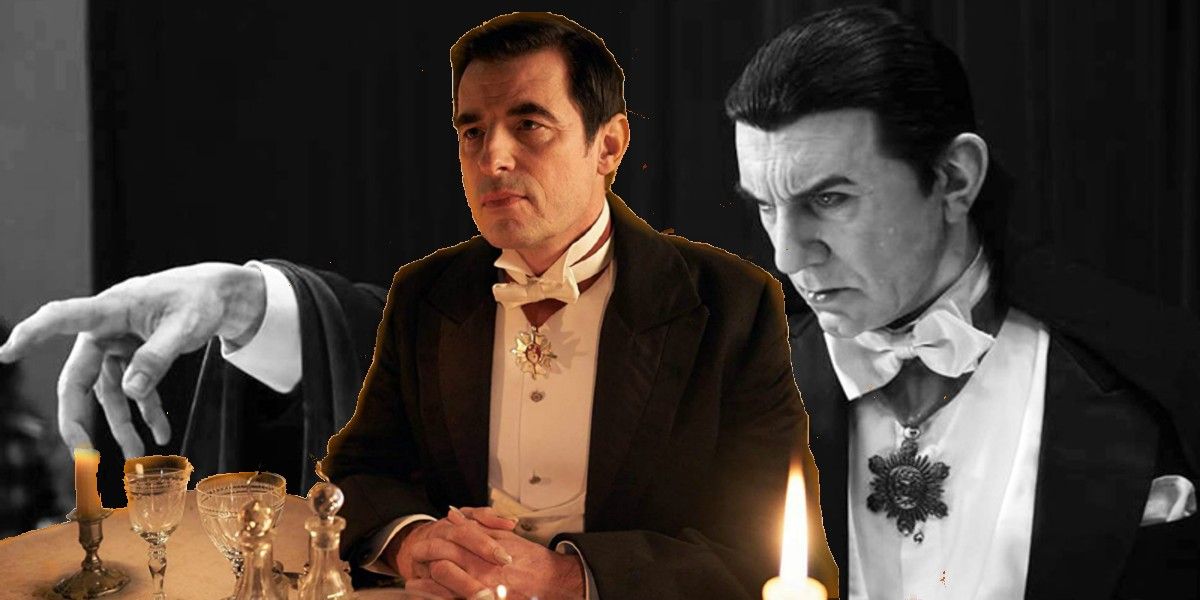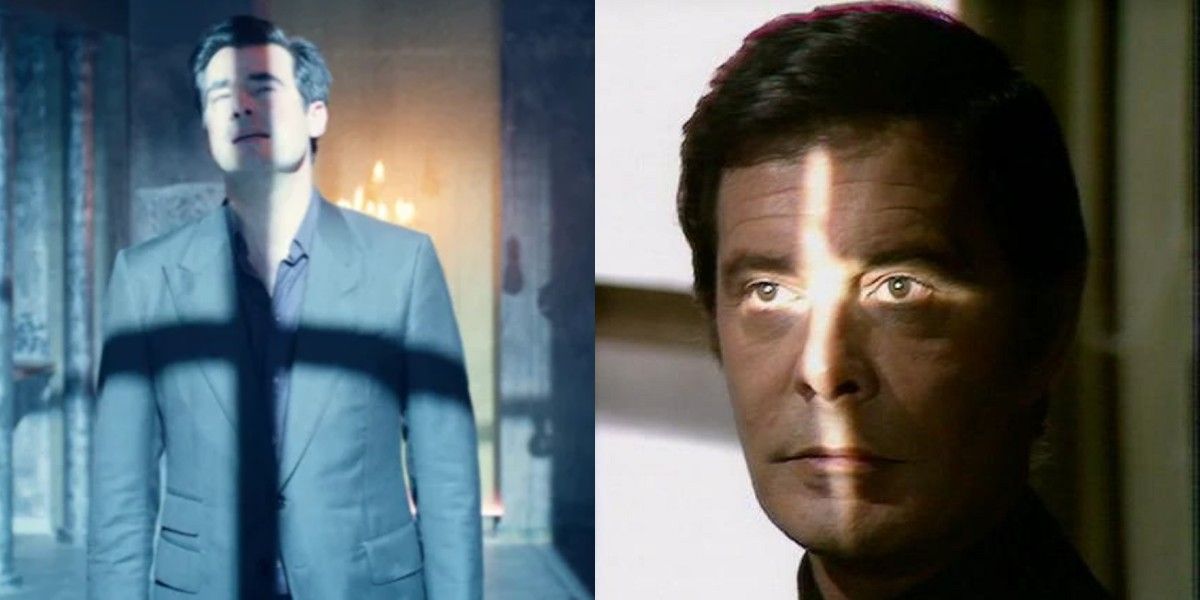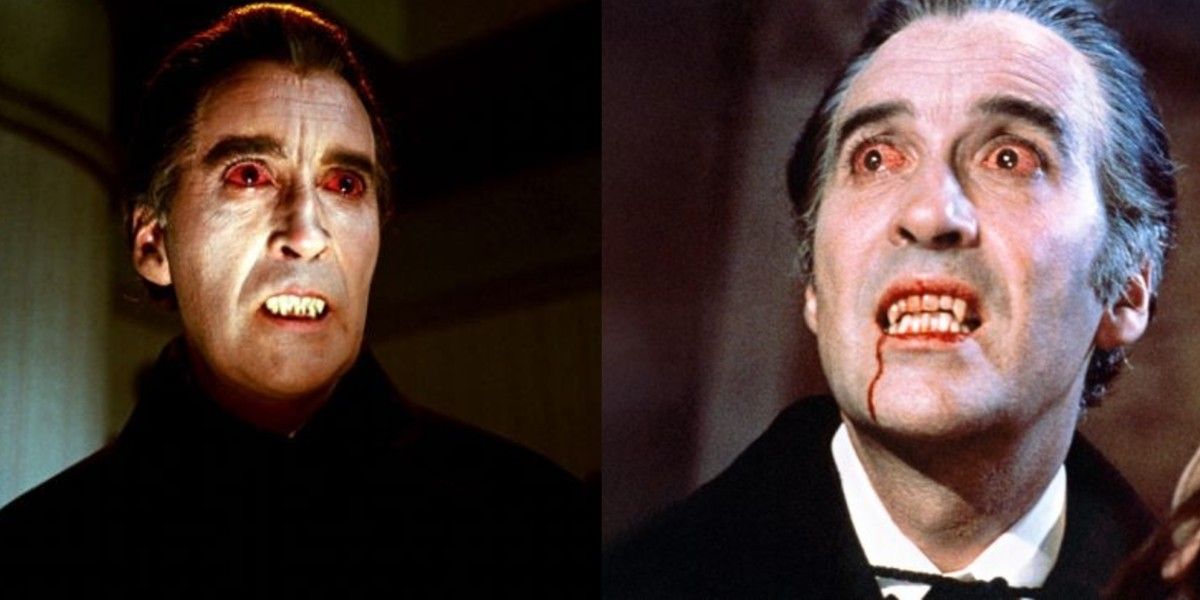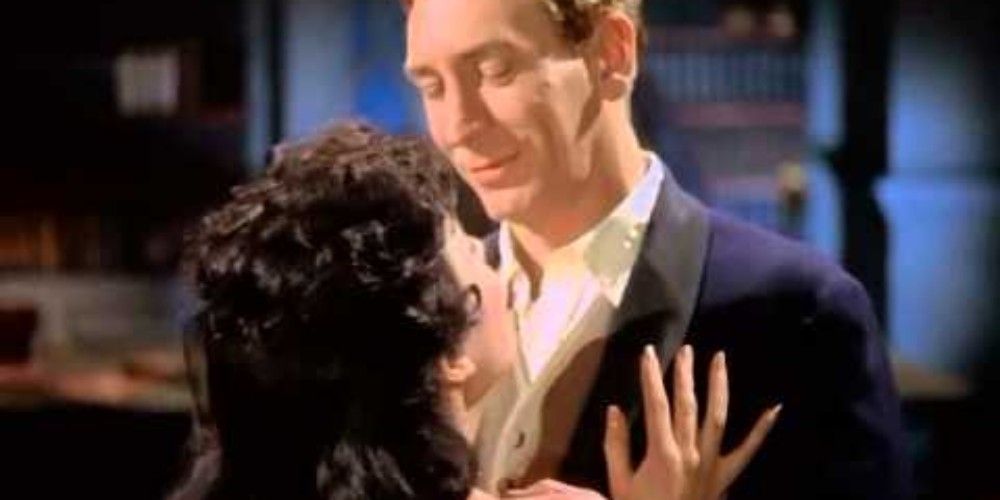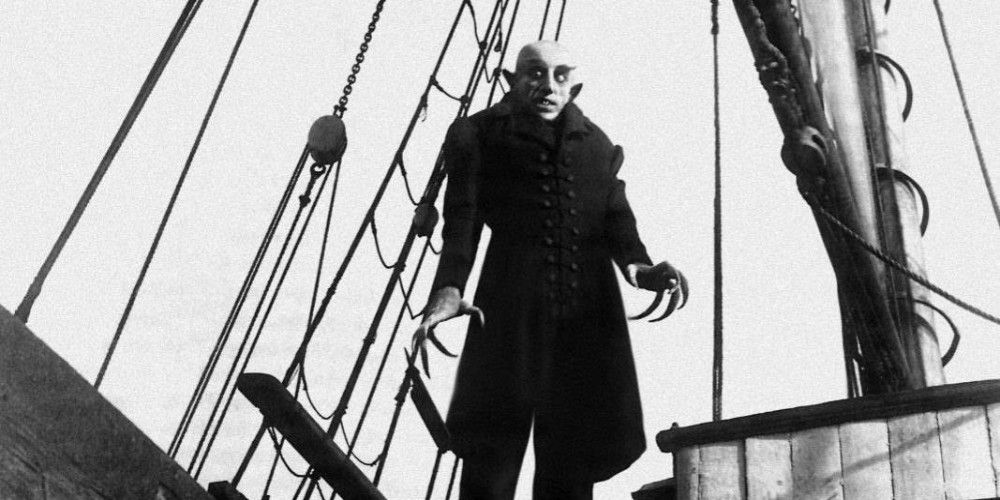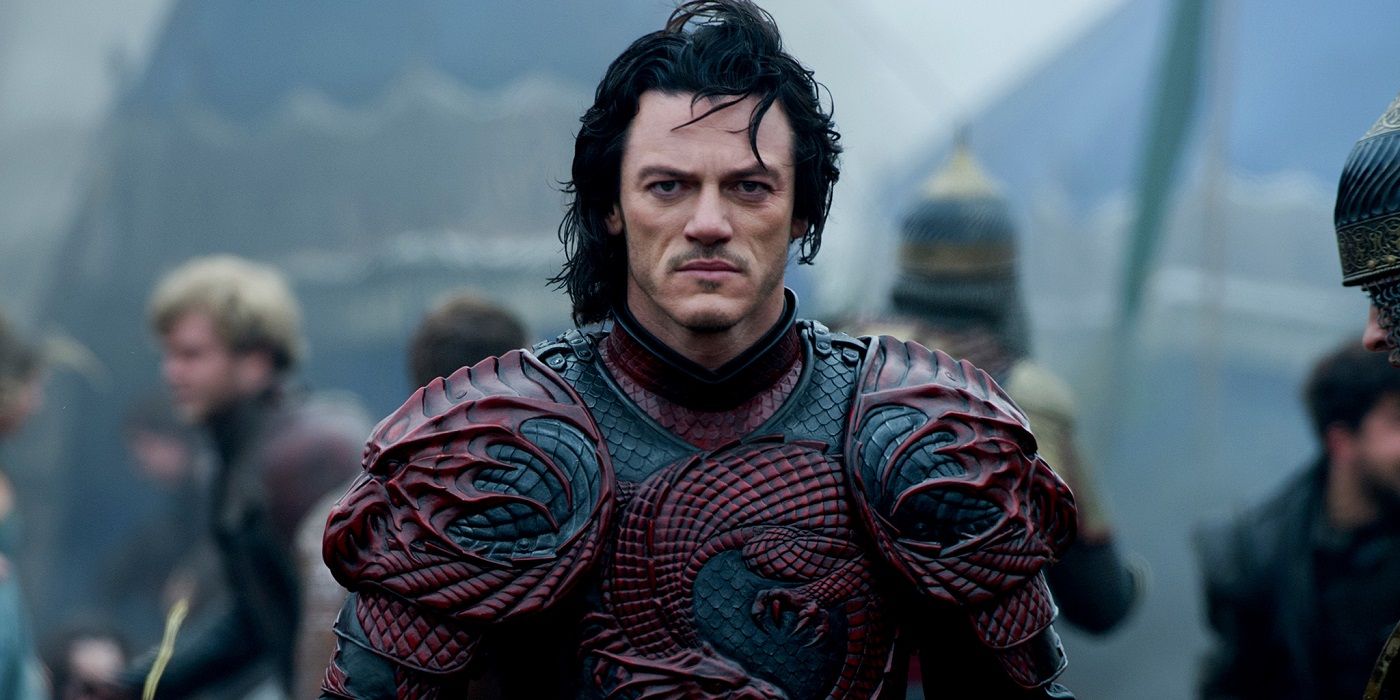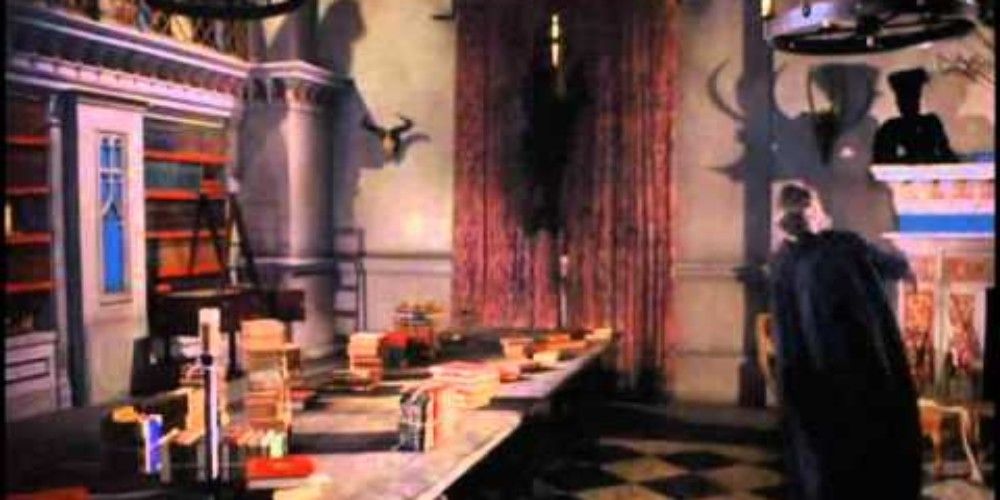Netflix's Dracula has proven to be a divisive adaptation of Bram Stoker's iconic horror masterpiece. Whatever its pitfalls for fans of the genre, one thing is certain; its a love song to the Prince of Darkness. There are references to every prominent cinematic version of Dracula's story, from the classic Hammer Studios films of the '50s and '60s, to the Francis Ford Coppola's romantic tragedy of the early '90s.
Whether subtly (Claes Bang channeling Bela Lugosi's continental charm) or obvious (shot-for-shot replications of Louis Jourdan's Count Dracula), it honors all those who came before it sporting the cape and fangs. But just as it pays homage to its predecessors, it must also chart its own course, and considering Dracula has been featured in over 200 films, the changes seem not only creatively bold but artistically necessary. Here are 10 references to other Dracula movies and shows hidden in Netflix's Dracula.
Old Man Dracula (Bram Stoker's Dracula)
In Bram Stoker's novel, when Jonathan Harker meets Count Dracula, he's an elderly man with wispy white hair, long white mustaches, and short hands with fingernails like claws. Over time, as Dracula feeds, he becomes more youthful-looking. The transformation is often glossed over in most adaptations, but not in Bram Stoker's Dracula.
In the film by Francis Ford Coppola, Gary Oldman portrays Count Dracula both as the old man Harker meets in the beginning, and as the virulent man he encounters again in London. The Netflix series pays homage to the film as well as doing the novel justice.
Tall, Dark, And Gruesome (Horror Of Dracula)
Though Christopher Lee famously objected to the addition of red to his wardrobe as Dracula, he couldn't deny that it gave his aesthetic an iconic quality that other adaptations would pay homage to. The Hammer Studio Dracula films are considered by many Dracula fans to be the gold standard.
Claes Bang is seen sporting a cape in the Netflix series that bears a striking resemblance to the one Lee wore in Horror of Dracula in 1958, the first of seven films in which he appeared as Count Dracula. At 6'4" the Dutch actor has the stature to match Lee, who stood at an impressive 6'5" and made the role seriously intimidating.
A Charming Host (Dracula)
Mark Gattis and Steven Moffat are said to have had only one man in mind to play Dracula; Claes Bang. Why? Because he "looks like Bela Lugosi and Christopher Lee at the same time." And while he certainly has the stature of the latter, it's the charm of the former that he relies on much more throughout the series.
The charm of Lugosi's continental aristocrat is immediately apparent in Dracula, the 1931 film that introduced the world to Stoker's legendary vampire. He puts the audience immediately at ease, laughing, smiling, and being the perfect host, which Bang's Dracula remains even until the end of the series.
Religious Iconography (Count Dracula)
The 1977 made-for-tv BBC film Count Dracula, starring Louis Jourdan as the titular antagonist, remains one of the most faithful adaptations of Bram Stoker's novel. Aside from being very true to the written word, it also boasts some incredibly vivid images that Netflix's Dracula directly reference.
One, in particular, comes in the final scene of the third episode and season finale, when Dracula approaches the open window, light pouring onto him. The outline of the window pane creates a cross pattern across his body, which mimics a similar shot featuring Jourdan.
Overall Aesthetic (Count Dracula)
While much homage has been paid to both Bela Lugosi and Christopher Lee in the Netflix series, Count Dracula with Louis Jourdan must be given proper credit as far as its aesthetic goes. His made-for-tv film from 1977 is not only a faithful retelling of Stoker's tale, it also informed everything from Claes Bang's wardrobe to his hairstyle.
Like Dracula, Count Dracula occurred as a three-part mini-series. The louche manner in which Bang prowls the screen is very reminiscent of Jourdan, a French actor whose boyish and debonair effervescence is alive and well in the Dutch thespian. The overt sensual nature of Count Dracula is also perfectly preserved.
Feeding Frenzy (Dracula - Prince Of Darkness)
After an eight-year absence, Christopher Lee returned to star in the Hammer film Dracula - Prince of Darkness, which saw four naive travelers making their way to Castle Dracula within the Carpathian Mountains. It shows a much more hysterical side of Dracula as he becomes a glutton for their blood.
In Bram Stoker's novel, Dracula is depicted as almost "swollen" with blood after he's drained his victims, which is demonstrated by the hypnotic red eyes given to Lee in several scenes. Claes Bang's Dracula parallels this same tendency when he plunges into a feeding frenzy, red eyes et al.
Begging For Jonathan's Help (Horror Of Dracula)
Once Jonathan Harker becomes a prisoner of Castle Dracula, the Netflix series takes its time showing his descent into madness. It begins almost immediately, when he becomes convinced that Dracula is also detaining another poor soul. He makes it his mission to find this fellow prisoner and help them escape.
What he eventually finds is a young woman, who is eventually revealed to be a vampire. In a scene very reminiscent of Horror of Dracula, the vampiress pleads with him for help. He is unaware that this poor wretch is actually one of Dracula's Brides, hungry for a snack.
The Demeter (Nosferatu)
The Demeter is a ship only mentioned briefly in Bram Stoker's novel as the Russian sailing ship responsible for ferrying the Prince of Darkness from Wallachia to England. In the Netflix series, it's not only mentioned but given an entire episode.
As far as Dracula adaptations go, the voyage of the ship is largely ignored, but it was referenced in Nosferatu in 1922. A film about the voyage (which resulted in a shipwreck) was to be titled The Last Voyage of the Demeter and directed by André Øvredal, but it's been in developmental purgatory for several years now.
Wallachian Warlord (Dracula Untold)
In the third and final episode of the series, Sister Agatha Van Helsing's descendant accuses Count Dracula of being a coward. He's descended from warlords who all died in glorious battle, and even his sons fought and died, yet he is afraid of death and thus hides from it by leading an immortal life.
While Bram Stoker's Dracula has several scenes that focus on Vlad III Dracula, aka Vlad the Impaler aka Vlad Dracula, Dracula Untold is the film that really dives into the man that was Prince of Wallachia between 1448 and his death. He's a national hero of Romania, and is much more of a heroic figure, even if history has painted him to be a monster.
The Final Curtain (Horror Of Dracula)
One of the greatest cinematic rivalries comes to a head in Horror of Dracula, when Peter Cushing's Abraham Van Helsing has a climactic battle with Christopher Lee's Count Dracula. A chase through Castle Dracula culminates in a standoff in front of a long banquet table and a tall window, in a scene reminiscent of the third act of the final episode of the Netflix series.
Zoe Van Helsing, as Cushing did, races towards the giant curtains and pulls them back wide, exposing the sunlight to Dracula, something he hasn't gazed on naturally for hundreds of years. Unlike Lee, however, he doesn't burst into flame on contact.

